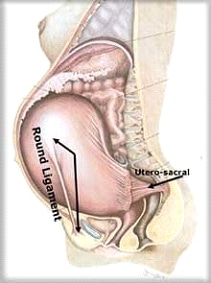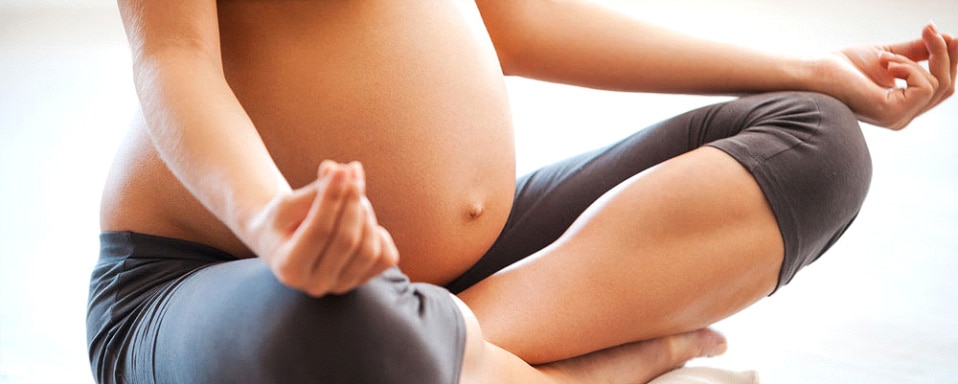Various phenomena are related to this:
The volume of the uterus increases and, as a result, the ligaments that support it in the pelvis are stretched. The pregnant woman may feel pain in the lower abdomen and in the legs.
During pregnancy, hormones are also responsible for a physiological change. Relaxin is a hormone that promotes the relaxation of connective tissues, ligaments and tendons, to help with vaginal delivery, but this leads to instability in the pelvic statics.
The center of gravity moves forward due to the weight of the uterus and breasts.
The back muscles must constantly work to balance the pelvis, which is why back muscles contract and cause pain. The back and abdominal muscles are antagonistic. But they are also complementary in supporting the trunk, hence the importance of a balance between the two.
Mechanical stresses on the musculoskeletal system of weight-bearing joints such as the lumbar spine, lumbosacral joint, sacroiliac joints, and pubic symphysis result in a range of pain that can be ameliorated by the use of the cushion.

Pregnant women risk circulatory problems during pregnancy. The weight of the uterus compresses the inferior vena cava, which drains blood from the legs to the heart, causing retention and can lead to the formation of varicose veins and hemorrhoids, especially if the woman is sedentary. The support of the ischiums in the sitting position leads to a less good vascularization since the veins and vessels pass through there.
The perineum is put to the test during pregnancy. The uterus and the weight of the baby press strongly on the perineum, a real floor that holds the viscera. It weakens and becomes slack as of the 12th week. It is important to strengthen it.
Why sit on the cushion?
The first interest lies in the improvement of posture. In order to improve the static of the spine, in a sitting position, it is necessary to exert a self-growth upwards while avoiding leaning against the backrest. The cushion reactivates the erectile muscles of the spine and allows a natural position with improvement of the three curves of the spine.
An additional benefit of sitting on the cushion: you get a gentle workout! Strengthening deep muscles such as the transversus abdominis is possible with the cushion. The imperceptible instability and automatic correction of our posture on the cushion makes our deep abdominal belt work without feeling it.
An additional interest of the cushion is at the level of the perineum. The shape and dynamics of the cushion help the pregnant woman to better feel her perineum in order to better strengthen it. It decreases the pressure on this muscle which allows a better vascularization, a better freedom of movement in order to contract it but also a help to the relaxation of this one at the time of the childbirth. In the immediate postpartum period, it allows you to rest your pelvic floor thanks to its cut-out shape, which prevents you from leaning on a possible episiotomy or a temporary sensitivity related to childbirth.
It is thus an ally of the pregnant woman for the comfort during her pregnancy but also in immediate post partum and for the continuation. It improves blood circulation by reducing pressure on the pelvic floor and by the imperceptible movements of the pelvis. The cushion bridges the gap between the asymmetry of the body, sometimes increased by ligament instability due to pregnancy, and the symmetry of the furniture. Adopting the cushion throughout the day will help the pregnant woman to live her pregnancy more serenely as well as the period after the pregnancy.
